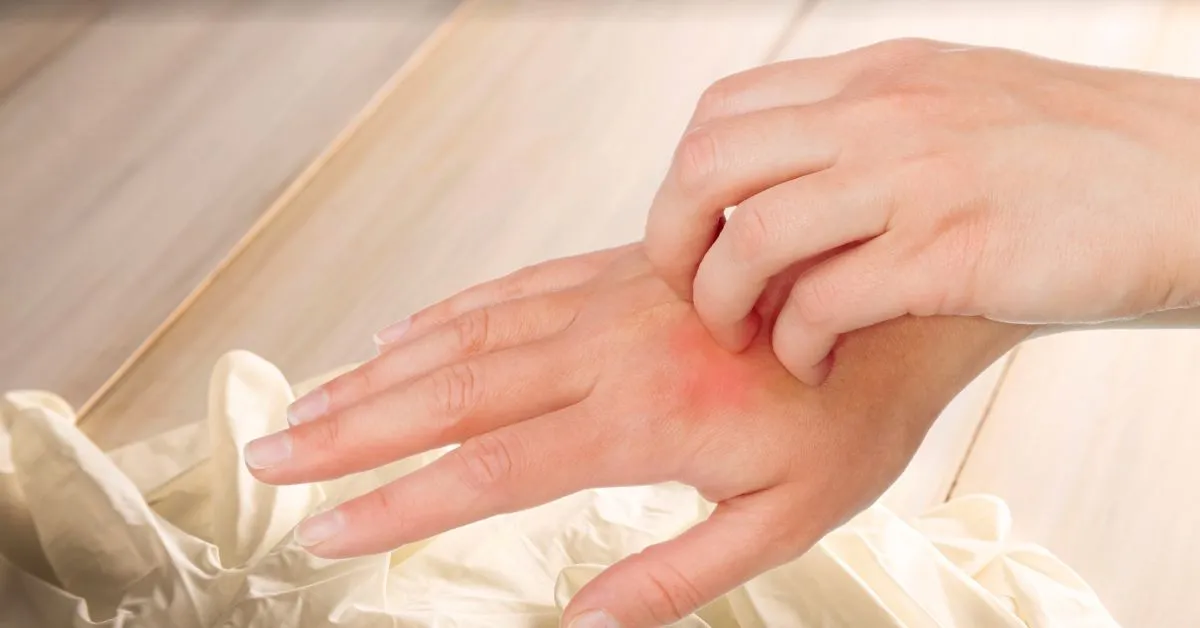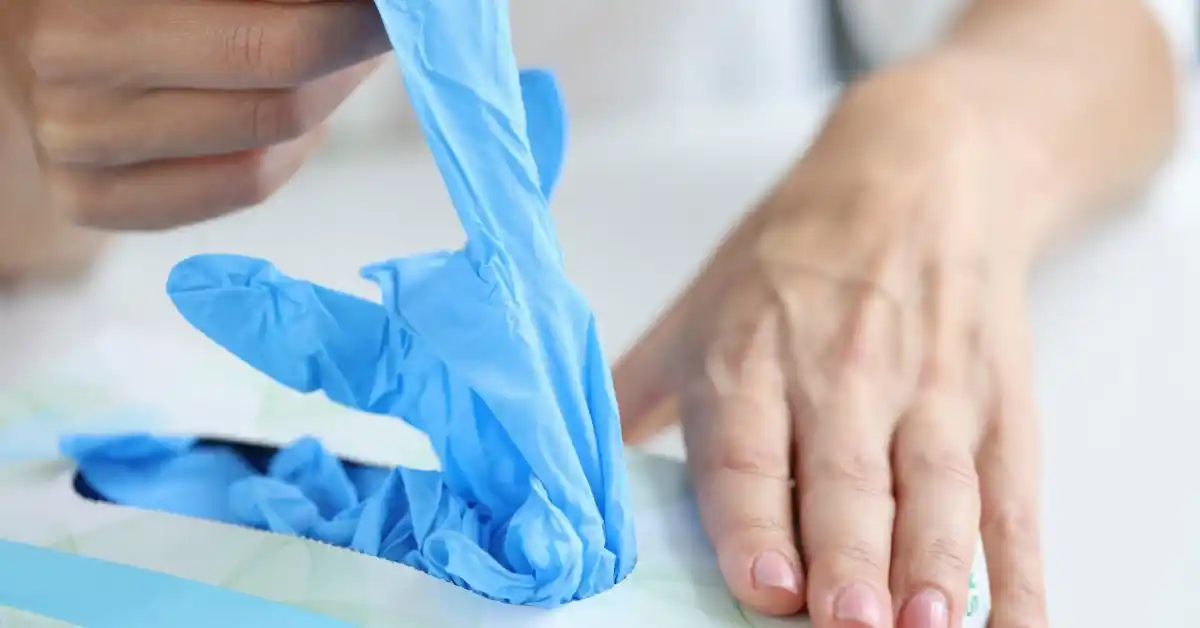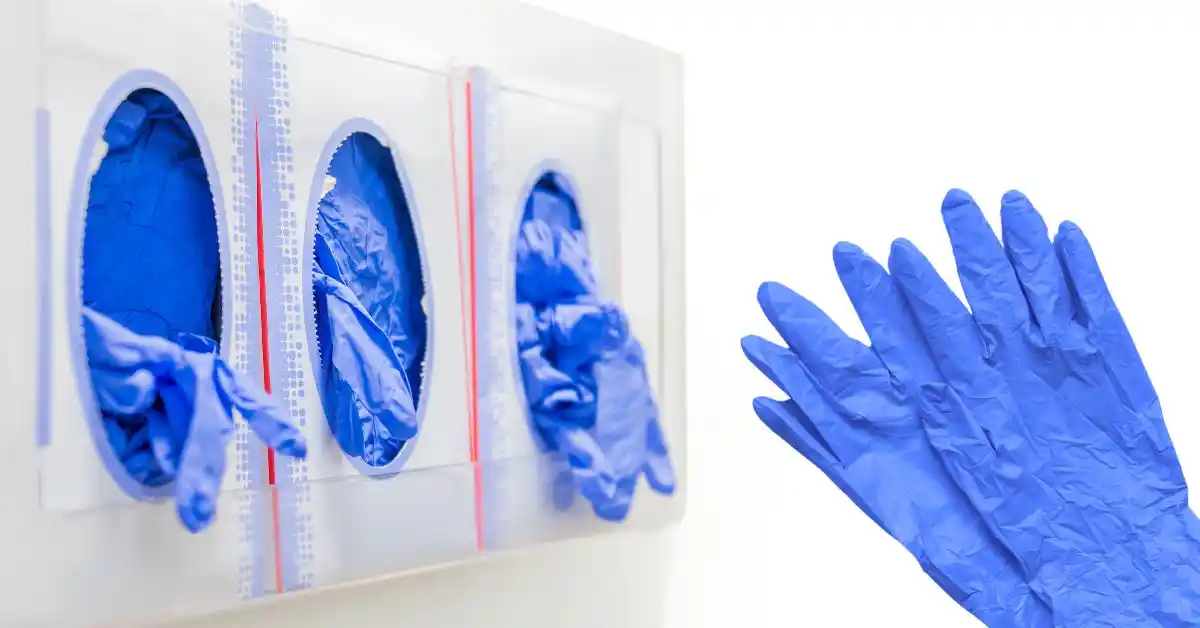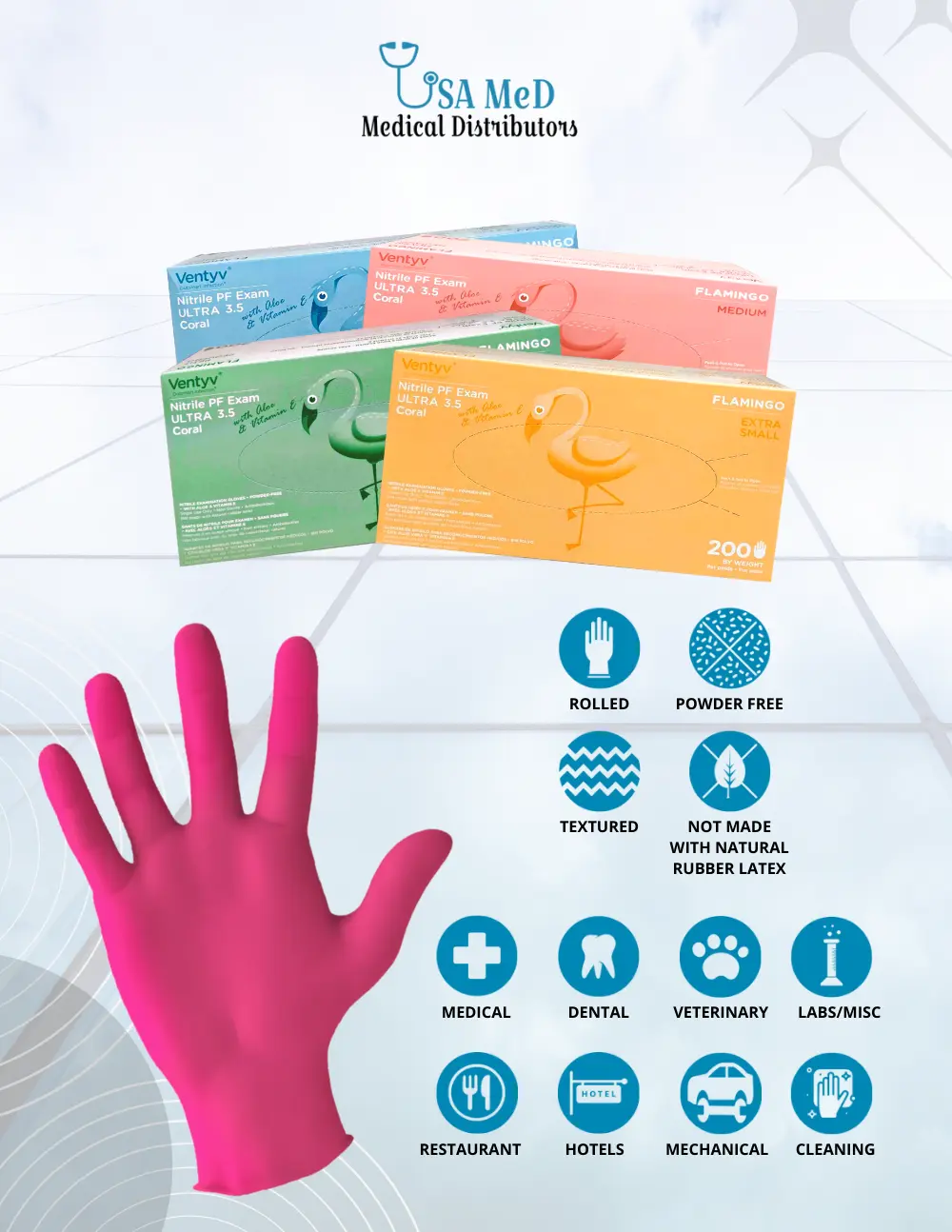Latex allergies are becoming increasingly common as more people are exposed to this material in their daily lives. From medical gloves to household products, latex is commonly used due to its stretchy and durable properties. However, for some people, this versatile material can trigger an allergic reaction that can range from mild discomfort to potentially life-threatening symptoms. In this article, we will explore the symptoms of latex allergies, how long they typically last, and alternative materials that can be used to prevent these reactions.
Symptoms of Latex Allergies:
The most common symptom of a latex allergy is a skin reaction. It is in the form of hives, redness, itching, or swelling at the site of contact with the latex. This can occur after using latex gloves or coming into contact with other latex products such as rubber bands or balloons. In more severe cases, a person may experience respiratory symptoms such as coughing, sneezing, difficulty breathing, or wheezing. In rare cases, a latex allergy can lead to anaphylaxis, a severe and potentially life-threatening reaction that requires immediate medical attention.
How Long Do Latex Allergy Symptoms Last?
The duration of latex allergy symptoms can vary depending on the severity and type of reaction. In mild cases, symptoms may last for a few hours and subside on their own. However, in more severe cases, symptoms may persist for several days. Sometimes even weeks if the person continues to be exposed to latex. Additionally, those who have a history of latex allergies may experience longer-lasting symptoms with each subsequent exposure.
Nitrile Gloves – An Alternative to Latex:
For those who are allergic to latex, nitrile gloves can be a suitable alternative. Made from a synthetic rubber, nitrile gloves offer similar properties as latex gloves. But without the risk of triggering an allergic reaction. Not only are nitrile gloves hypoallergenic, but they are also puncture-resistant. It also have a longer shelf life, making them a popular choice for medical professionals and industries where gloves are frequently used.
Preventing Latex Allergy Symptoms:
If you think you might have a latex allergy or have previously reacted to latex, be sure to let your doctor or healthcare provider know. They can then advise you on steps to take to prevent future reactions. Some ways to avoid symptoms of latex allergies include using alternative products such as nitrile gloves, and avoiding direct skin contact with latex.
Conclusion
In conclusion, latex allergies can present with a range of symptoms. It can be from mild to severe, and can affect people of all ages. It is important to be aware of the signs of a latex allergy and take necessary precautions to avoid triggering a reaction. Additionally, using alternative materials such as nitrile gloves can help prevent symptoms from occurring. If you experience any symptoms of latex allergies, consult with your healthcare provider for proper diagnosis and treatment. Remember, early detection and prevention are key in managing allergies and ensuring your overall well-being.











